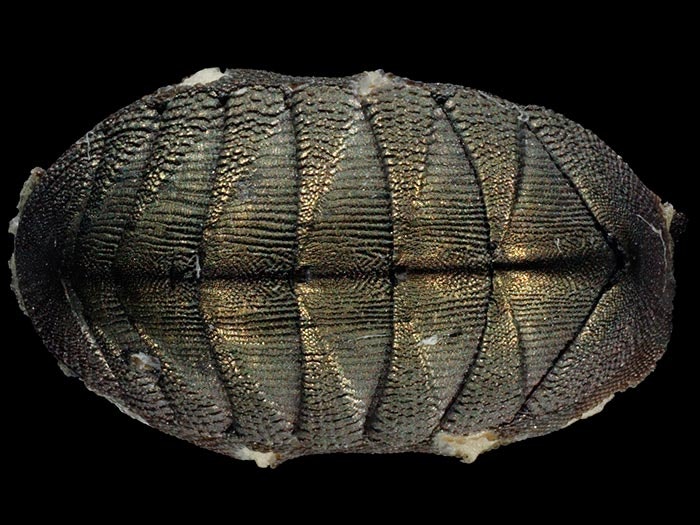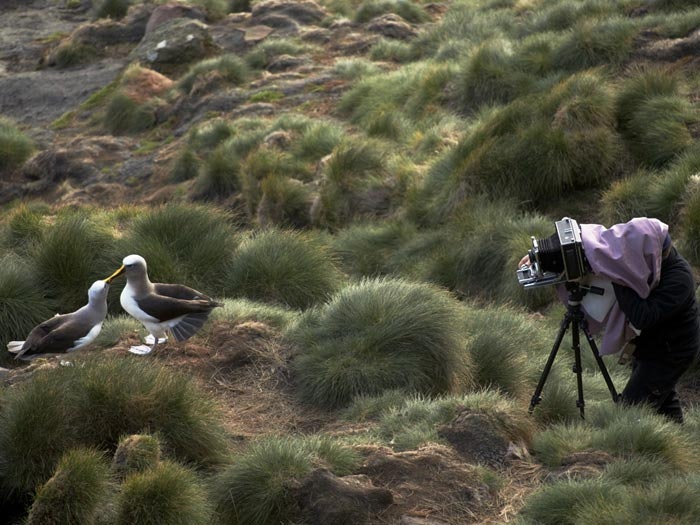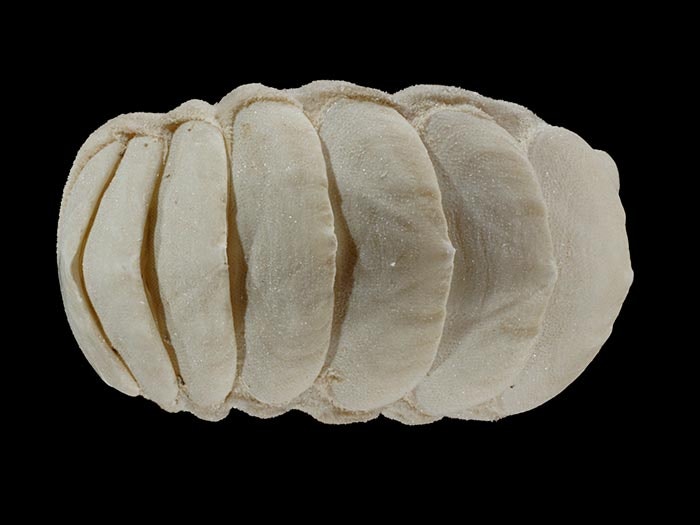
Tuhinga 8, 1996
A stochastic approach to the reconstruction of prehistoric human diet in the Pacific region from bone isotope signatures
B.F. Leach, C.J. Quinn, & G.L. Lyon
ABSTRACT: A theoretical constraint on dietary reconstructions using isotope analyses bones is that for a given number of isotopes, N, one cannot calculate the proportions of more than N+1 food types. This strict algebraic limitation can be relaxed by adopting a stochastic approach recommended by Minagawa (1992). This strategy is investigated for prehistoric diet in the South Pacific region, focussing on seven of the main food types available to these people: C3 plants, C4 plants, land herbivores, marine shellfish, coral reef fish, non-reef fish, and marine mammals.
Sixty-three underlying assumptions were identified and examined in detail. These consist of the mean values for each food type of protein, energy, E13C, E15N, 34S; the offset values for each isotope from the food to human bone collagen; fractionation effects from flesh to collagen in animals; and acceptable daily intake ranges for protein and energy in human diet. Because of the complexity of environmental regimes in the Pacific it was also found necessary to tabulate these assumptions into two groups: one set of assumptions relevant to prehistoric people whose environment is dominated by maritime conditions, such as atolls, and a second set where the land Is a dominant influence.
A computer simulated algorithm is developed which is based on Minagawa’s method. This was tested using a ‘Reverse Experiment’ procedure. By taking a diet of known percentage weight composition the isotope composition of human bone was forward calculated from this diet. The algorithm was then employed on this isotope signature to see if the original food composition could be calculated in reverse. The differences between real and calculated food weight percentages for the seven foods were4.8, 0.1, 4.5, 1.8, 1.5, 1.8 and 1.4% respectively. These were all within acceptable statistical limits. Using the full set of assumptions it was then tested on isotope results for E13C, E15N and 34S for a prehistoric Pacific group from the Chatham Islands.
A stochastic approach to the reconstruction of prehistoric human diet in the Pacific region from bone isotope signatures (6.11 MB)
You might also like


About our Natural History research
Find out about our Natural History research areas and who we are.
